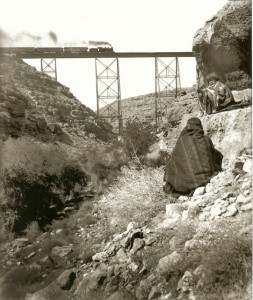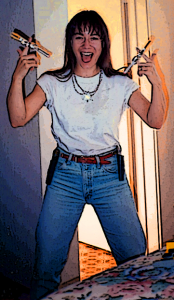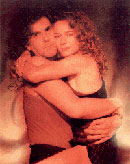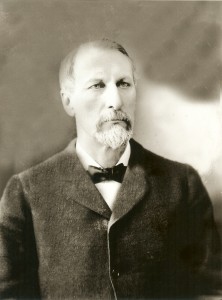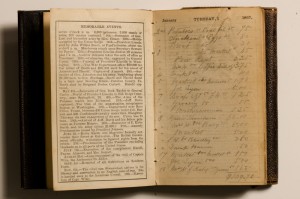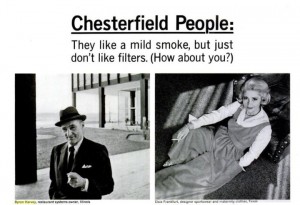19
Just wanted to remind any Arizonans interested in
1) Fred Harvey
2) the Harvey Girls
3) the Santa Fe railroad
4) “Santa Fe style” architect Mary Colter
5) the Grand Canyon
6) the history and civilizing of the west and
7) the American hospitality business
that the One Nation Under Fred tour returns to Arizona on March 11, in Phoenix and then down to Tucson for the book festival.
On 3/11 at 1 pm I’ll be appearing at the Heard Museum for a “Tea with Fred Harvey.” Click here for ticket information.
Later that afternoon, I’ll be shuttling to Tucson for the Author’s Table Dinner fundraiser that kicks off this year’s Festival of Books. The dinner, I’ve been informed, has already sold out–and I look forward to meeting those who chose to sit at my table–but I’m doing two book festival appearances on Sunday, March 13, which are easily attended. Click here for more information.
At 11:30 am, I’m on a panel called “Epic Stories: Journalists Write the American West” with Michael Hiltzik, Jeff Guinn. This panel will be televised live on CSPAN BookTV, and afterwards we will all be available to sign books.
Then at 2:30 pm, I’m doing presentation called “How Fred Harvey Fed America,” which includes a talk and cooking demonstration by my friend John Sharpe, owner/chef of The Turquoise Room at La Posada. Afterwards John and I will be available to sign books.
By the way, I have a free day in Tucson on Monday (I’m giving a talk Tuesday morning for the American Parkinson Disease Association about one of my previous books, Bitter Pills, and pharmaceutical safety) so if there are any university classes, booksellers or book groups interested in hearing about Appetite for America, I’m open to suggestion.
